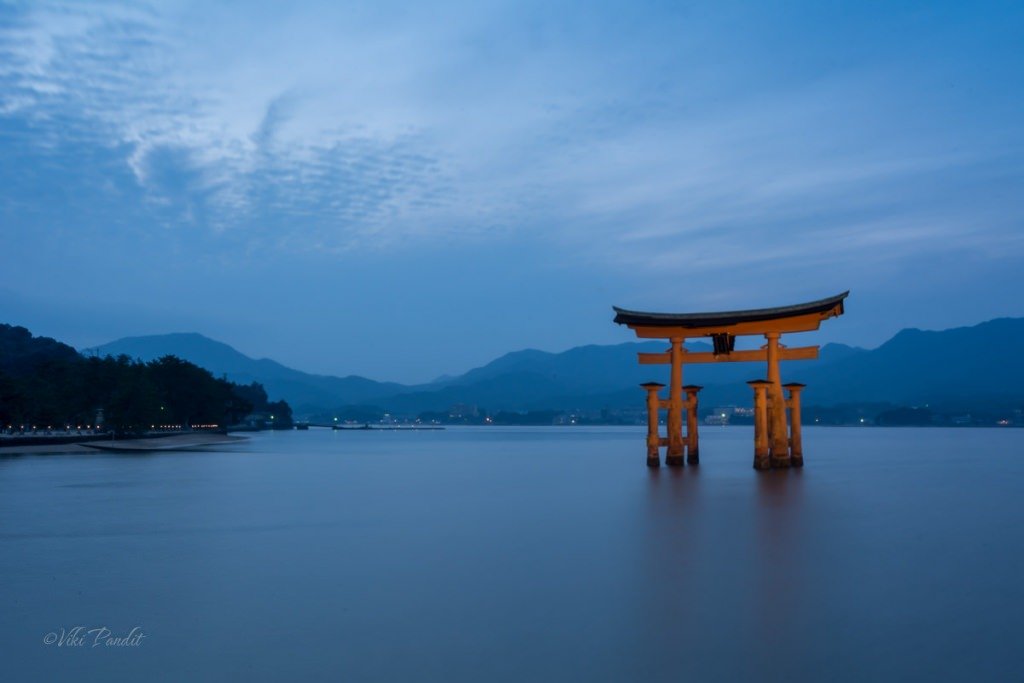
Torii at Miyajima
We take the ferry to the magnificent island of Miyajima to visit the centuries-old Itsukushima Shrine. The World Heritage site is located along the virgin forest of Mt. Misen over the waters of Hiroshima Bay. As dusk falls, the tide recedes and hoards of people make their way towards the beautiful Torii in the Sea.